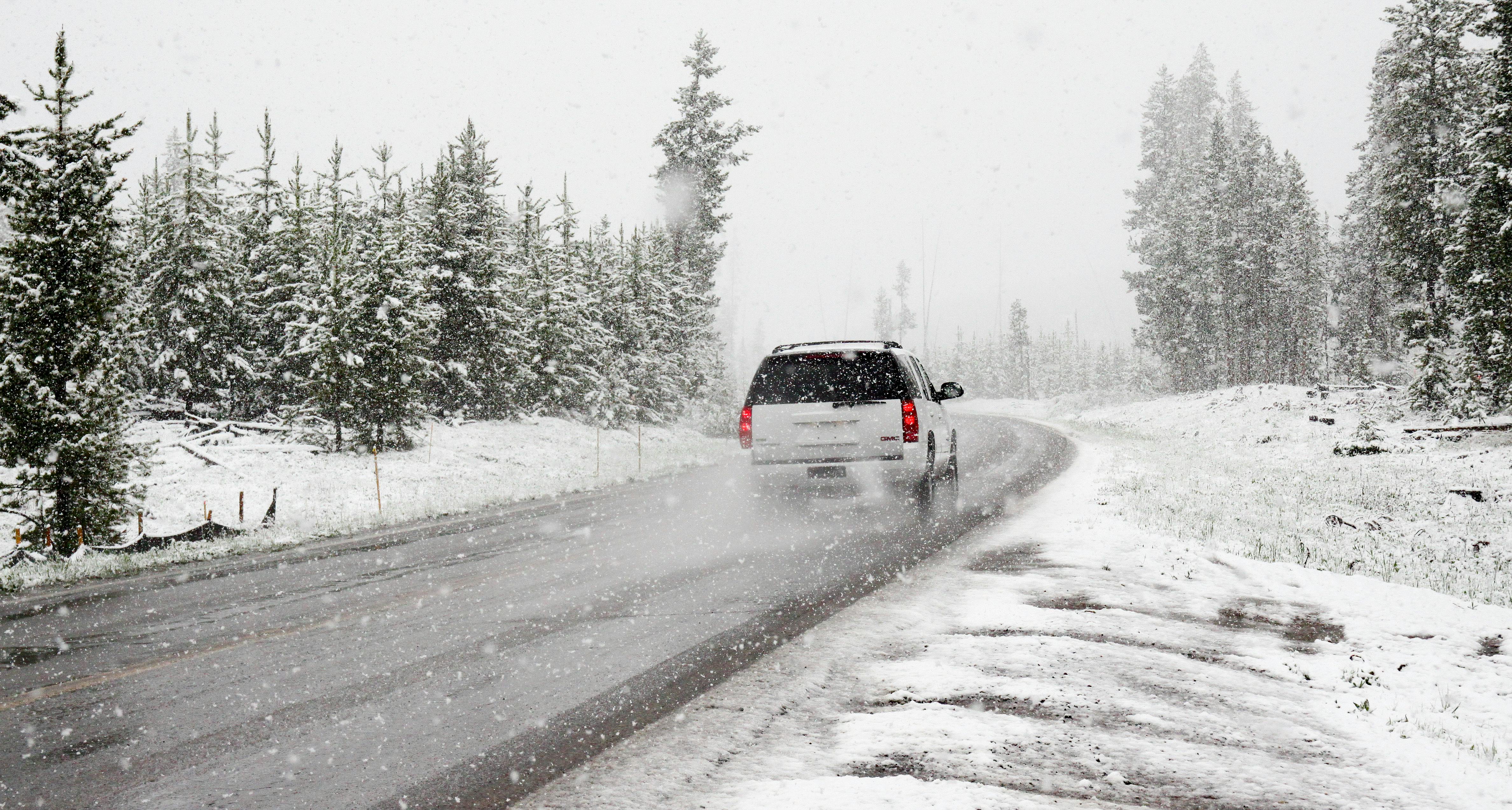With the cold weather finally upon us, the roads can get slick with ice, snow, and rain, and fog and storms can cause limited visibility. There are tons of factors (mostly weather-related) that make driving in the winter more dangerous. Because of this, it’s important to know how to winterize cars and stay safe on the road.
How To Winterize A Car
Before heading out to the roads, you must first make sure that your car is in good shape and dedicate a chunk of time to preparing cars for winter. First off, your brakes should be in optimal condition. If you’ve been hearing squeaking or grinding while pressing the brakes, bring your car into your auto repair shop and have them check to see if they need to be replaced or repaired. Because it is easier to hydroplane during these times, this is an important step when you winterize cars.

Another important part of preparing cars for winter is to make sure the tires are fully inflated and not worn down. Traction on the road will be more important than ever. If you’re going to be driving in the snow, you might want to invest in tire chains. These will help add some traction and stability to help you drive safer and easier.
When you winterize your car, check to see that your battery is working fine. Cold weather can wear your battery out, especially when hitting extremely low temperatures (such as 5º Fahrenheit.) Your battery’s alternator might also need more time than usual to recharge, so keep that in mind. You don’t want to be stuck in a situation in which your car engine won’t turn over. Avalanches or accidents could cause heavy traffic as well, so try not to let your gas tank get less than half full, in case of emergencies.
Preparing Cars For Winters: Anti-Freeze
Anti-freeze can be used in two ways to winterize cars. The first is your car’s radiator. To keep the coolant inside from freezing solid, mix one-part water and one-part anti-freeze for the radiator. Anti-freeze windshield wiper fluid is also available to help clear your windshield of snow and ice and to prevent them from forming while activated.
Cold Weather Car Tips: Safe Driving
When driving during the winter, it’s important to remain alert while driving and to take proper precautions while on the road. Due to icy and wet roads, it will likely take you ten times longer than normal to bring your car to a complete stop. As a rule of thumb, especially while driving during a storm, you should slow your speed down by about 30%. For example, if the speed limit is 50 mph, you should be driving at 35 mph.

Be sure to leave more space than usual when driving behind other cars. If they have to brake suddenly, you want to have more than enough room to follow suit without rear-ending them. Some people may not be the best at driving in heavy weather conditions so keep your eyes on the other cars on the road too. Of course, you should also avoid speeding or accelerating too quickly.
While driving in hazardous weather conditions, follow your instincts and pay attention to your surroundings. If you see that the cars ahead of you all have their brake lights on, start slowing down. Lastly, if you can, avoid being on the roads when the weather is especially bad.
GT Automotive recommends taking your car in for a check-up now, before the real cold hits. We’ll inspect your car and identify any issues that could cause trouble while on the road in the winter. We will do everything we can to help you winterize your car. Call (801) 302-0912 today to schedule an appointment.